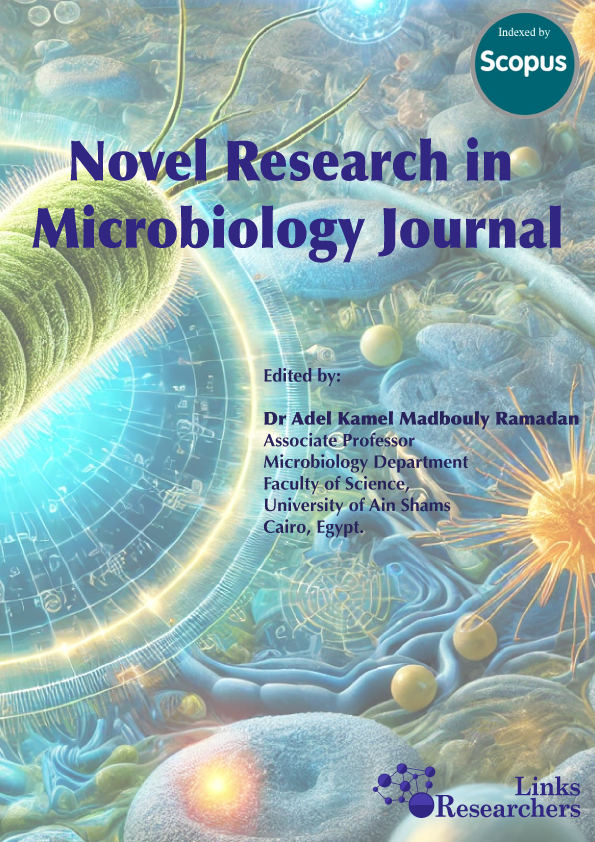Isolation, Characterization and Genetic Diversity of Aspergillus flavus in Animal Feed
Isolation, Characterization and Genetic Diversity of Aspergillus flavus in Animal Feed
Dina Al-Shinawy1*, Reda E.M. Moghaieb2, Sara B. Awaly2, Gihan El-Moghazy1 and Dalia S. Ahmed2
ABSTRACT
Aspergillus flavus is known for producing aflatoxins (AFs), which are harmful mycotoxins that can spoil food crops and represent significant health risks to animals and humans. The aim of this study was to analyze fifty samples of livestock and poultry feed to identify mycotoxigenic fungi at both morphological and molecular levels, focusing on their toxigenic potential and genetic diversity. Out of the samples tested, six were confirmed as Aspergillus flavus using internal transcribed spacer (ITS) specific primers, accounting for approximately 12 % of the total detected microorganisms. Morphological and molecular analyses revealed that all strains exhibited 97-100 % similarity with a reference strain and were significant producers of B-type AFs. The data showed that all samples except one (S1) contained total aflatoxin levels below 20 μg/ kg, considered safe for animal consumption according to the European Union (EU), United States Food and Drug Administration (US FDA), and World Health Organization (WHO) guidelines. To assess the genetic variability among A. flavus strains, twelve inter simple sequence repeats (ISSR) primers and seven Sequence Related Amplified Polymorphism (SRAP) primer combinations were utilized, producing scorable and reproducible banding patterns with about 52 % polymorphism. Various genetic diversity parameters, including polymorphic information content (PIC), effective multiplex ratio (EMR), marker index (MI), and resolving power (RP) were evaluated to determine effectiveness of the primers in distinguishing the genetic variations among the A. flavus strains. As particularly valuable markers, the results indicated that ISSR-13, SRAP-1, and SRAP-6 exhibited higher PIC, RP, and MI values, thereby proving to be more informative for identifying the genetic variants.
To share on other social networks, click on any share button. What are these?






